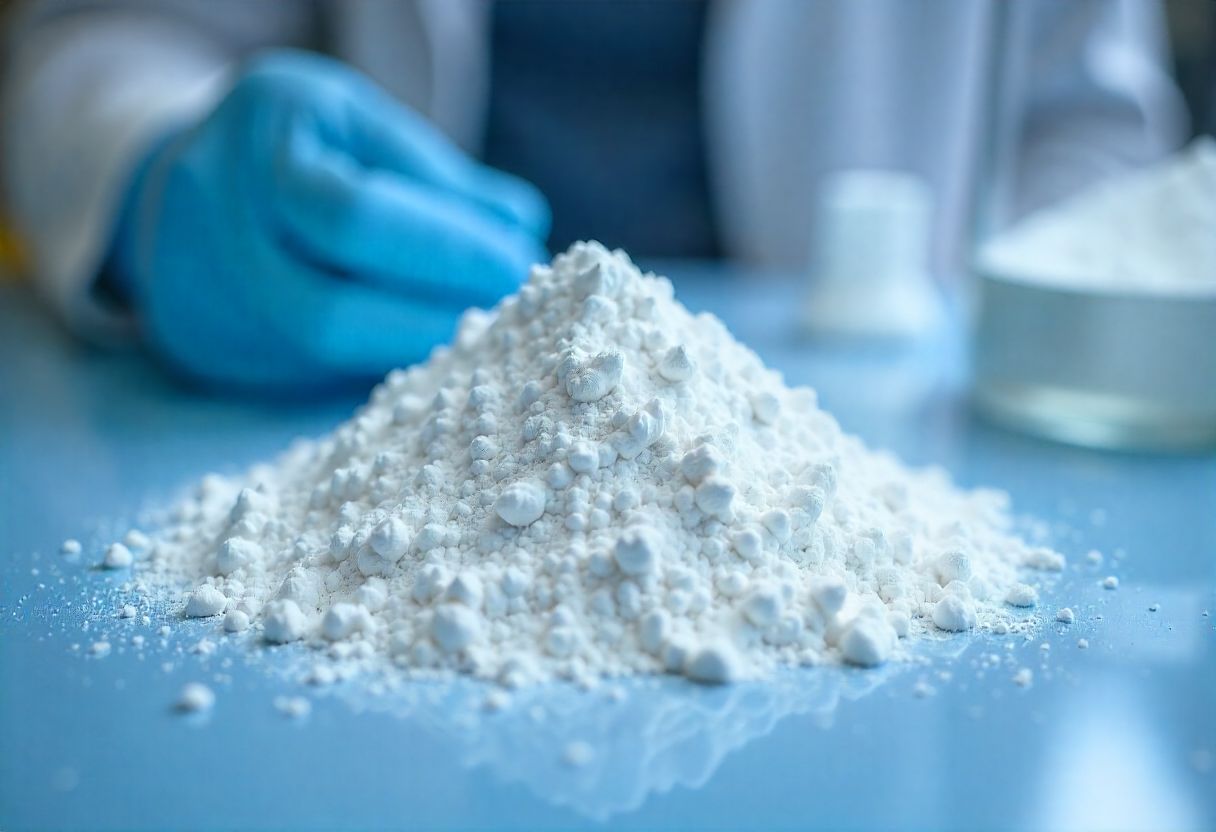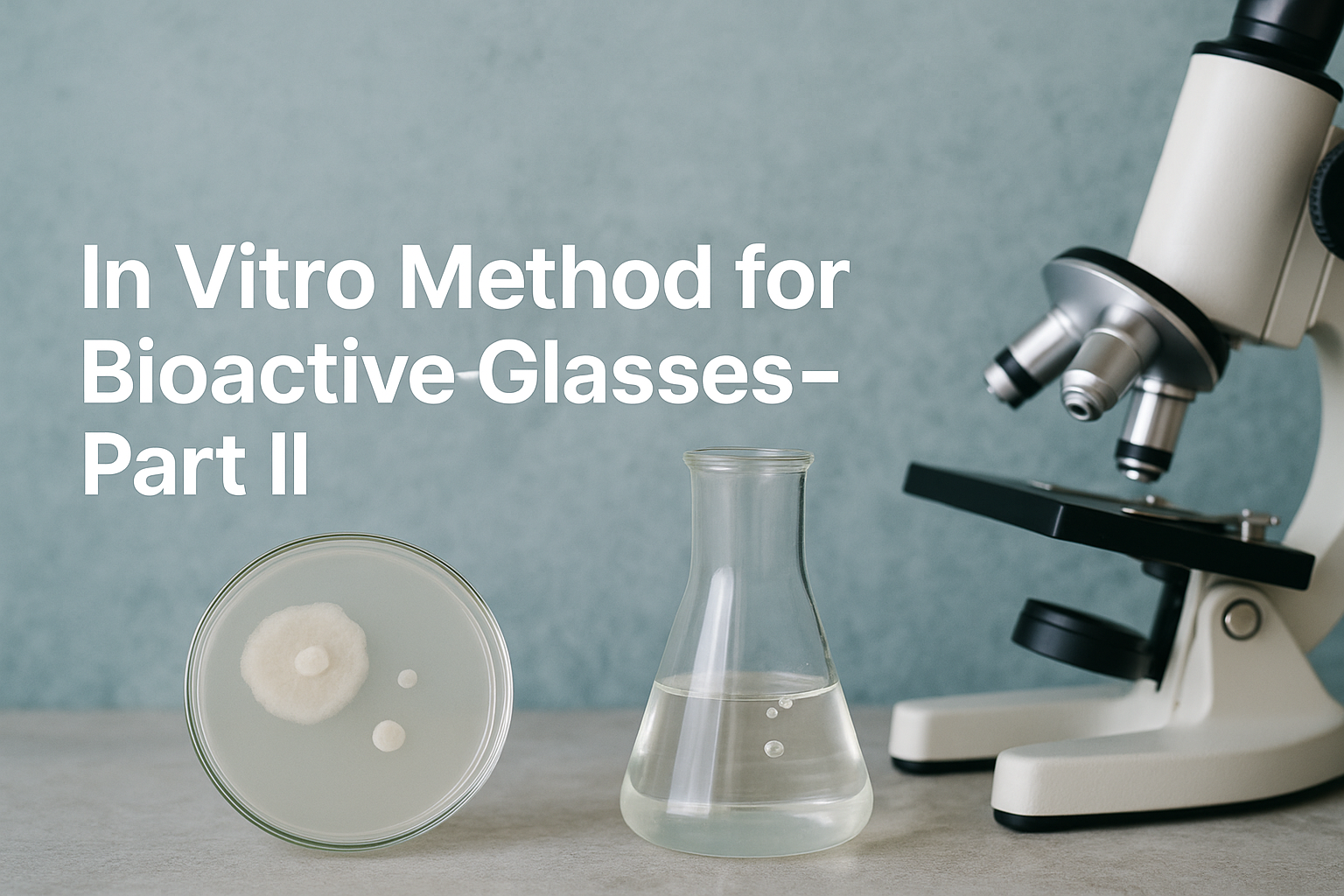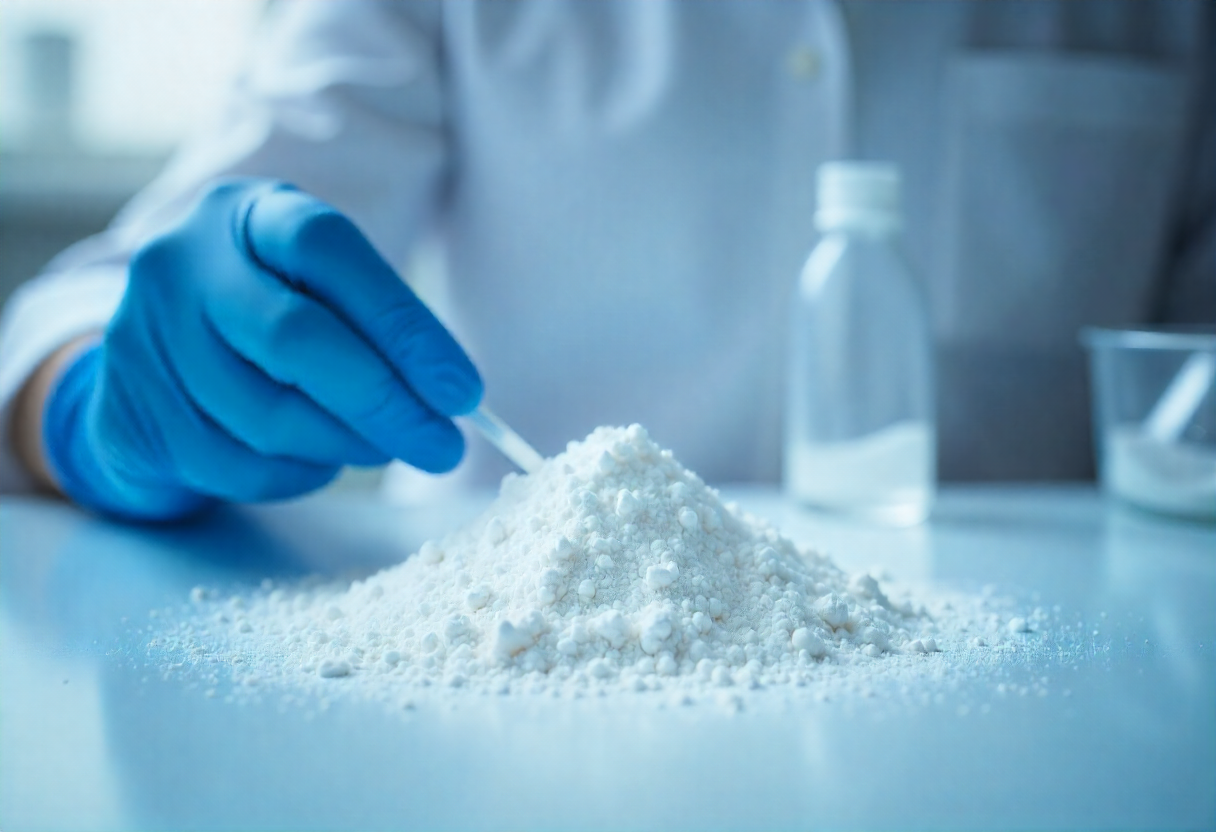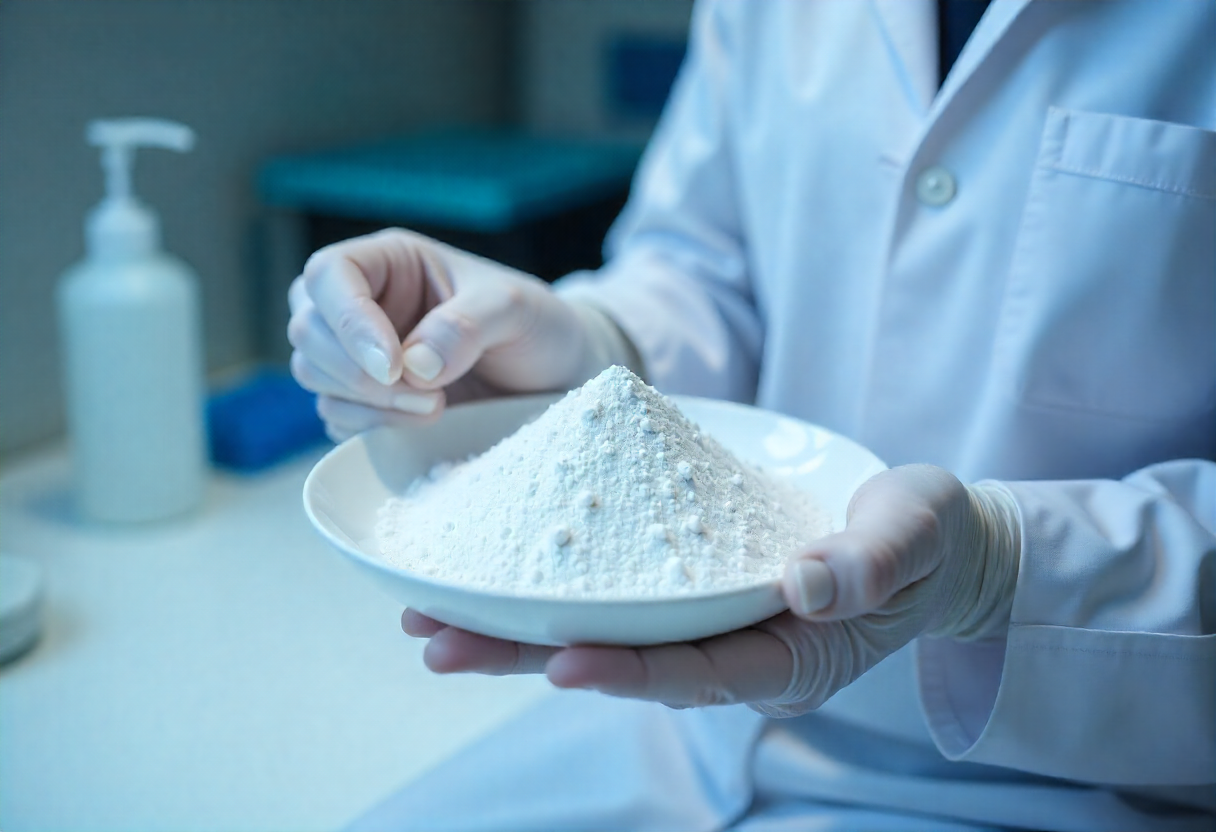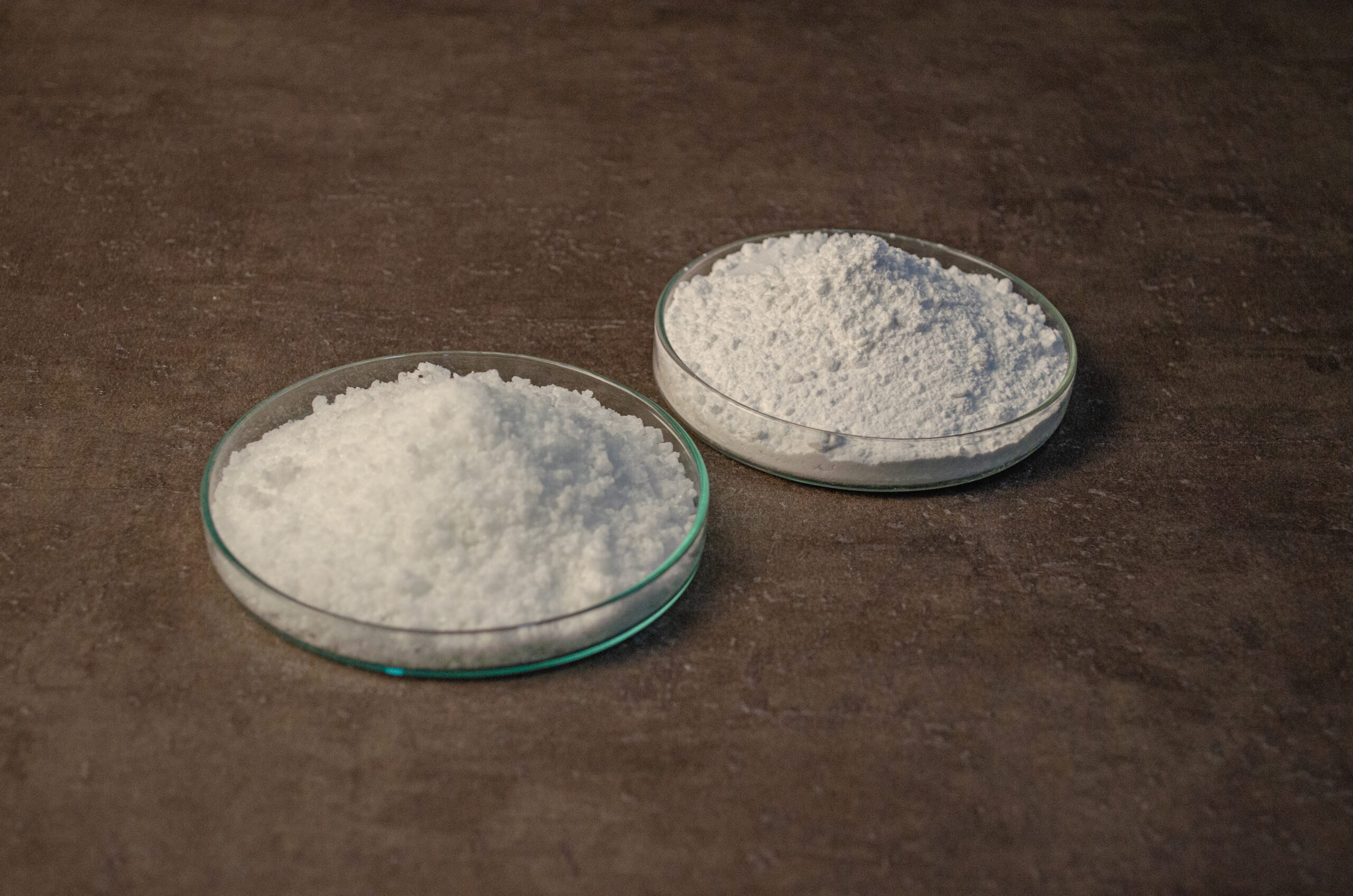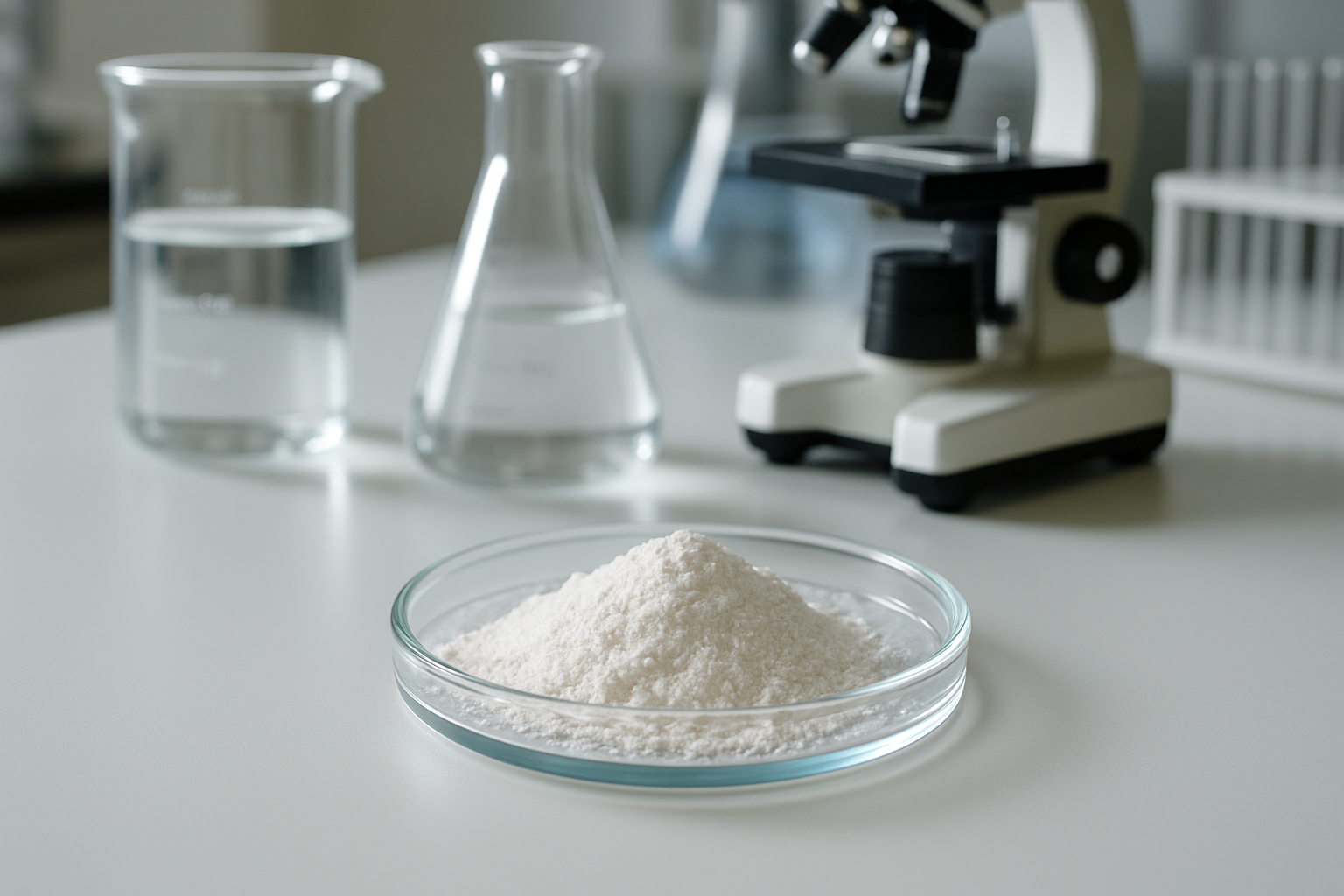Rise of Bioactive Materials
In recent decades, the field of biomaterials has witnessed revolutionary advancements, and among them, bioactive glass has emerged as a groundbreaking innovation. Initially developed in the late 1960s by Professor Larry Hench, this unique material has redefined how we approach tissue repair, regeneration, and medical implant technology.
Unlike inert materials traditionally used in healthcare, bioactive glass interacts actively with the human body. It not only supports healing but also stimulates biological responses that promote new tissue formation. Today, it’s used in *bone regeneration, dentistry, wound healing, and even *drug delivery systems, making it one of the most versatile materials in modern medicine.
What is Bioactive Glass?
Bioactive glass is a specialized type of glass composed of *silicon dioxide (SiO₂), **calcium oxide (CaO), **sodium oxide (Na₂O), and **phosphorus pentoxide (P₂O₅). Unlike traditional glass, which is chemically stable and inert, bioactive glass is designed to *react with physiological fluids, forming a bond with living tissues.
When bioactive glass comes in contact with body fluids, it releases ions like calcium, sodium, and phosphate, which trigger the formation of hydroxycarbonate apatite (HCA) — a mineral similar to natural bone. This bioactive reaction creates a seamless bond between the glass and surrounding tissue, making it ideal for bone and dental implants.
The Science Behind Bioactive Glass
The mechanism of bioactive glass involves a series of chemical reactions that occur at the interface between the material and body fluids:
- Ion Exchange:
The surface of bioactive glass releases sodium and calcium ions in exchange for hydrogen ions from surrounding fluids. - Silica Gel Formation:
This exchange results in the formation of a silica-rich gel layer on the surface. - Calcium-Phosphate Layer Formation:
Calcium and phosphate ions accumulate on the silica layer to form a calcium-phosphate (Ca-P) layer. - Crystallization into Hydroxycarbonate Apatite:
Over time, this Ca-P layer transforms into hydroxycarbonate apatite — the same mineral found in natural bone.
This four-step process makes bioactive glass one of the few materials that form a biochemical bond with bone tissue instead of just mechanical attachment.
Key Properties of Bioactive Glass
The success of bioactive glass in modern healthcare is due to its exceptional biological and mechanical properties:
- Biocompatibility: Safe and non-toxic for human tissues.
- Bioactivity: Forms a direct bond with bone and soft tissue.
- Antimicrobial Action: Releases ions that create an unfavorable environment for bacterial growth.
- Osteoconductivity and Osteostimulation: Encourages bone cells to grow and regenerate.
- Versatile Composition: Can be tailored for specific applications by adjusting its chemical makeup.
These properties make bioactive glass a preferred choice for regenerative medicine, particularly in orthopedics and dentistry.
Applications of Bioactive Glass in Healthcare
1. Bone Regeneration
Bioactive glass is widely used in bone grafts and orthopedic implants. When used in bone defects, it promotes rapid bone regeneration by stimulating osteoblast (bone-forming cell) activity.
It serves as a scaffold that supports new bone tissue growth while gradually dissolving and being replaced by natural bone.
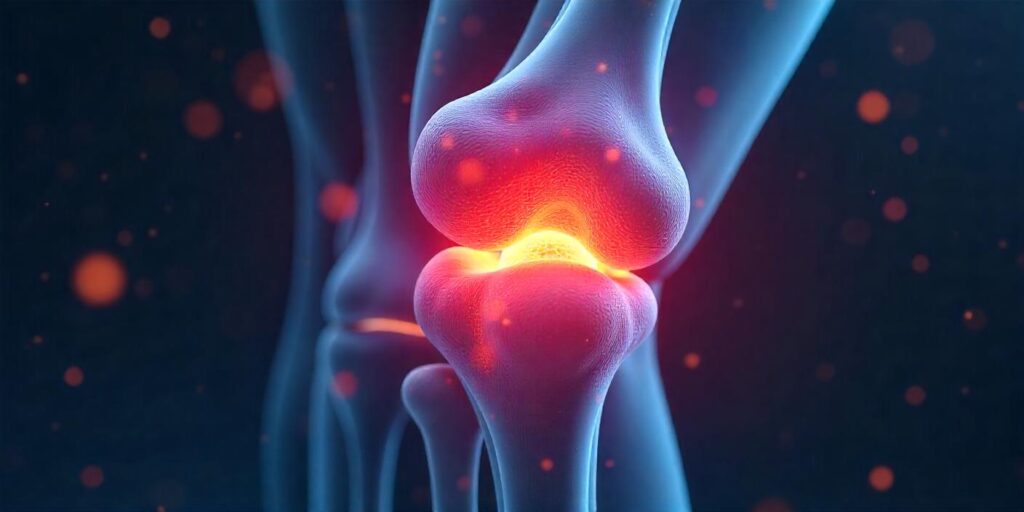
2. Dentistry
In dentistry, bioactive glass is used in tooth fillings, root canal treatments, and toothpaste formulations. Its ability to bond with dentin and enamel helps repair micro-cracks and reduce tooth sensitivity.
Leading dental brands now include bioactive glass-based toothpaste that releases calcium and phosphate ions to restore lost minerals in enamel.
3. Wound Healing
Beyond hard tissues, bioactive glass is now being used in soft-tissue applications. Bioactive glass fibers and powders help accelerate wound healing by promoting angiogenesis (formation of new blood vessels) and reducing infection risk.
Its antibacterial nature makes it ideal for chronic wounds, burns, and diabetic ulcers.
4. Drug Delivery Systems
Recent research has explored bioactive glass nanoparticles as carriers for targeted drug delivery. These nanoparticles can encapsulate therapeutic agents and release them slowly at specific body sites, improving treatment precision and reducing side effects.
5. Ear and Skull Reconstruction
Surgeons also use bioactive glass for repairing cranial defects and middle ear bones. Its customizable shape, biocompatibility, and ability to integrate with living tissue make it perfect for reconstructive procedures.
Why Bioactive Glass is Transforming Modern Healthcare
1. Biocompatibility and Tissue Integration
Unlike metals or polymers, bioactive glass doesn’t cause inflammation or rejection. Instead, it interacts harmoniously with surrounding tissues, leading to faster recovery and reduced complications.
2. Natural Regeneration over Replacement
Traditional implants often act as replacements for damaged tissues. In contrast, bioactive glass encourages natural tissue regeneration, which means the patient’s own cells rebuild the damaged area over time.
3. Antibacterial and Anti-inflammatory Properties
Bioactive glass has intrinsic antibacterial properties due to the alkaline environment created during ion release. This reduces infection risks, especially in surgical implants.
4. Customizable for Different Applications
By adjusting the ratio of oxides, manufacturers can fine-tune the dissolution rate, strength, and porosity of bioactive glass, making it suitable for everything from dental fillers to large bone grafts.
5. Sustainability and Safety
Bioactive glass is non-toxic, does not release harmful residues, and is made from naturally abundant materials — making it an eco-friendly alternative to synthetic polymers.
Advancements in Bioactive Glass Technology
Modern research has taken bioactive glass beyond its traditional composition. Scientists are exploring hybrid formulations and nanoscale variations for enhanced performance.
- Mesoporous Bioactive Glass (MBG):
Offers higher surface area and pore volume, improving drug loading and release capabilities. - Silver-Doped Bioactive Glass:
Combines the regenerative power of bioactive glass with the antimicrobial strength of silver ions. - 3D-Printed Bioactive Glass Scaffolds:
Advanced 3D printing allows for precise customization of implants tailored to each patient’s anatomy. - Bioactive Glass Composites:
These are blended with polymers or ceramics to create flexible, durable, and lightweight materials for implants and prosthetics.
Bioactive Glass in Dentistry: Revolutionizing Oral Health
In dentistry, bioactive glass has completely changed the way we treat tooth decay and enamel erosion. Products containing bioactive glass like NovaMin® release calcium and phosphate ions that naturally rebuild lost enamel minerals.
Dentists use bioactive glass-based materials in:
- Dental composites for cavity filling.
- Bone graft materials for jawbone reconstruction.
- Desensitizing toothpaste for enamel repair.
The result is not only aesthetic restoration but also functional and biological integration.
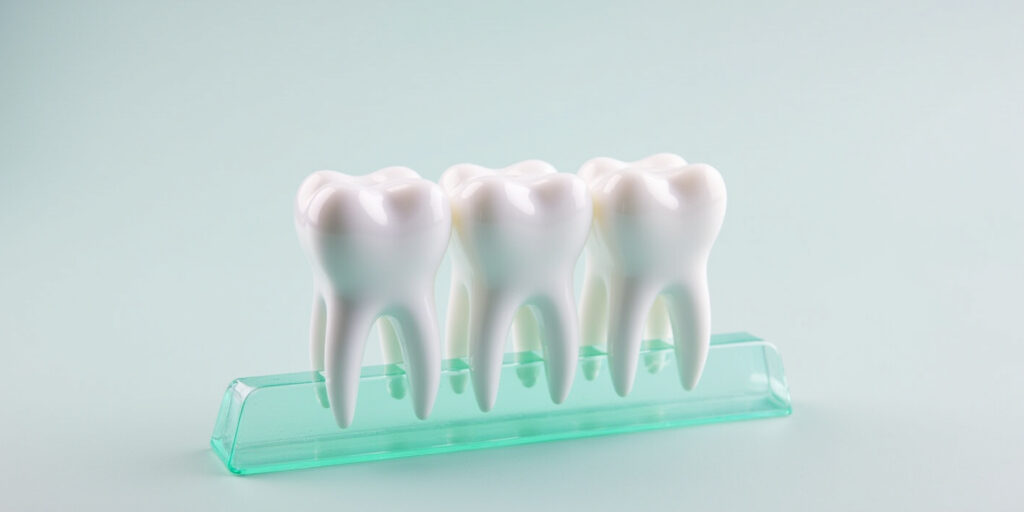
Bioactive Glass vs. Traditional Biomaterials
| Feature | Bioactive Glass | Traditional Biomaterials |
|---|---|---|
| Biocompatibility | Excellent | Moderate |
| Tissue Bonding | Chemical & biological | Mostly mechanical |
| Antibacterial Action | Yes | No |
| Regenerative Properties | Stimulates natural healing | Acts as inert filler |
| Degradation | Controlled & safe | Often permanent |
| Applications | Bone, dental, wound, drug delivery | Limited to implants |
Clearly, bioactive glass offers broader functionality and better integration with human biology.
Challenges and Future Prospects
Despite its remarkable benefits, bioactive glass still faces challenges such as brittleness and limited flexibility. However, ongoing research in nanotechnology and composite engineering aims to overcome these limitations.
The future looks promising, with bioactive glass expected to play a crucial role in tissue engineering, regenerative medicine, and personalized implants. As researchers continue to explore its full potential, we can expect smarter, more responsive materials that work in harmony with the body.
Conclusion
Bioactive glass is more than just a material — it’s a scientific breakthrough reshaping modern healthcare. From bone grafts to wound healing and dental care, it has proven its ability to regenerate tissues naturally, prevent infections, and enhance patient recovery.
As innovation continues, the integration of bioactive glass in medicine will only grow stronger, paving the way for a future where healing becomes faster, safer, and more sustainable
Contact us through Synthera Biomedical social platforms to stay informed about pioneering bioactive glass research and clinical applications. Follow us on Instagram for product launches and research updates. Join the conversation on Facebook to access valuable resources and community news.

